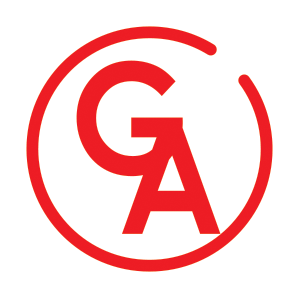Talent Acquisition and Management in Architecture and Engineering (A&E) Firms
Talent acquisition and management are significant challenges for architecture and engineering (A&E) firms in every area of the business, and the notion of what employees want in an employer is evolving. Firms that can successfully differentiate their culture and employ the right tools and technology to enhance their talent management efforts will be poised to come out on top.
Employee Turnover Challenges
Employee turnover is wreaking havoc on businesses of all kinds, but it’s especially challenging for project-based businesses considering they need to be able to staff up quickly for incoming work. If they don’t have enough staff, or the right people for the work, it can be impossible to deliver projects successfully.
Current Job Market Statistics
Despite the news of layoffs and many looking for jobs, according to the US Bureau of Labor and Statistics February 2023 report, 4.0 million people quit their jobs, and according to a LinkedIn study, 78% of people are looking to change jobs in 2023. With inflation increasing the cost of goods and services, and profitability being carefully watched, the cost of losing a valuable employee could negatively impact a firm’s bottom line.
Employee Engagement Programs
To attract and retain employees, 51% of the Deltek Clarity Architecture & Engineering Survey respondents report investing in employee engagement programs as a top HR initiative. Engagement programs don’t have to be complicated or difficult if you invest in the right technology, such as a Human Capital Management (HCM) solution.
Engage Sooner to Onboard Faster
During the onboarding process, it is crucial that firms do more to engage the employee than simply supplying links to reading materials and welcome videos. An organized schedule of onboarding tasks with assignees and due dates helps ensure the onboarding process goes smoothly. HCM solutions offer automated reminders which guide employees to finish all onboarding tasks, so they get through all the appropriate materials faster and can start working on projects sooner.
Proactive firms can also develop relationships with candidates who show promise but were not chosen for the current position. With the right applicant tracking system, these candidates can be put into a talent pool where a hiring manager can continue to foster the relationship and accelerate the hiring process by inviting them to apply to new openings where they might be a good fit.
Support Employee Development and Career Mobility
Development and mobility are key pillars in establishing an engaged and committed employee culture. In exchange for their hard work, today’s employees want to understand their career path within your organization and the steps they need to take for their next desired role.
As a manager, you may be supporting one employee or 10, but either way, development is personal for each individual. To keep on top of employee performance appraisals, development plans, and learning achievements, it helps to use an HCM solution. It’s important to understand how to best support your team, and software can provide a detailed plan showing employees how they can improve their skills to achieve their dream career path.
Provide Continuous Feedback and Recognition
Providing feedback and asking for opinions are ways to keep your employee engagement high. Whether discussions are originated by the manager or the employee, continuous feedback facilitates open dialogue around projects, goals, career development, and more. This motivates people to progress on their learning and development journey towards their desired career path.
In addition to an annual employee survey, asking for staff opinions throughout the year on various topics demonstrates the company’s interest in hearing an employee’s perspective. Smaller “pulse” surveys can be sent to new talent confirming their onboarding experience was positive, and at other times during the year to make sure employees stay connected.
It’s also critical to recognize employees for their achievements. One way to do this is with a digital recognition board, where all employees can see and provide appreciation for the great work being done around the organization.
Invest in Learning and Development
Forty-eight percent of those polled in the Deltek Clarity Architecture & Engineering Industry Study reported learning and development as one of the most expensive business processes to support, and 23% percent of respondents have adopted a learning management system (LMS). Now that more employees are interacting remotely, an LMS has never been more important. Long gone are the days where everyone is getting together in the conference room and going through learning activities together.
Learning and development programs benefit both the employee and employer. A good example of this is upskilling which supports employee career growth, while increased retention rates save firms from rising acquisition costs.
Firms need to be more strategic about attracting new employees and retaining existing ones. Cultivate the leaders your company needs to deliver successful projects by equipping managers and employees with the learning opportunities and the development paths they desire.


